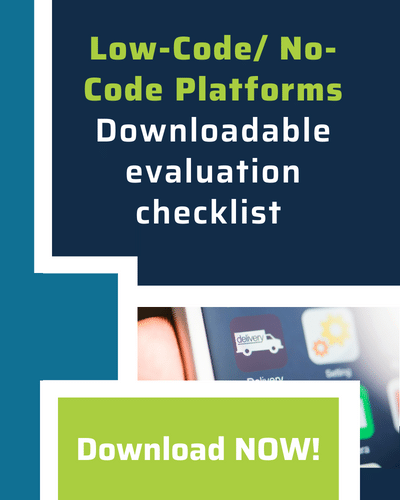We can all learn a lot about the future of digital transformation in enterprise IT environments by analyzing how these companies intend to move forward with their modernization projects. This is especially true for those enterprises that utilize SAP-based resource planning software. According to SAP, users of their platform account for 87% of the world’s global commerce, so an analysis of this segment goes a long way in identifying trends.
Insights as to where companies are finding the greatest challenges along their digital transformation journeys should be of particular interest now since the labor shortage and an ongoing lack of developer talent makes it difficult to proceed with complex modernization efforts. Organizations simply can’t hire enough highly trained developers to get the job done. And new, incoming talent is looking to program in more contemporary languages like Javascript—as opposed to ABAP, which is what SAP is based upon.
SAPinsider, the world’s largest and fastest-growing community of SAP users, recently published a report that was sponsored by my company, which surveyed 141 SAP-based IT enterprises in early 2022 about how these companies are approaching their SAP roadmaps. Determining how to monetize their legacy SAP investment while rapidly deploying new applications with minimal infrastructure disruption is a critical issue for enterprises. The migration to SAP’s latest product offering, the cloud-based SAP S/4HANA, is driving the cloud strategies of many of these organizations, accelerating adoption. Yet new application strategies can create roadblocks as well.
According to enterprise tech expert Peter Bendor-Samuel in a Forbes article, “Companies don’t realize that IT modernization in a digital world is very different from traditional transformations in the past. It’s a multi-year journey, and the changes cut across a company’s technology, people, process, talent and philosophy.” Many companies are often faced with complicated integrations of environments that have been patched, updated and reworked over many years, creating considerable “technical debt.”
The lack of a “clean core” in their SAP environments, or the large amount of customizations of their core, impedes the ability of these enterprises to innovate and migrate their departmental business applications to cloud- and mobile-ready apps. They are losing out on the many productivity benefits and efficiencies of modern cloud infrastructure. This lag greatly impacts asset-oriented departments like supply chain and warehousing, which are experiencing global cost increases and other post-pandemic challenges.
Should you put a hold on innovation until after S/4HANA?
Many companies are holding off on their applications strategy until after proceeding with an SAP 4/HANA upgrade, a statement that the SAPInsider data supports. This is hardly surprising. Upgrading a company’s business applications without consideration for a major migration is like moving to a new home but dragging all excess baggage and accumulated belongings to the new residence without some kind of plan to reorganize clutter. It’s the most logical time to cull all the superfluous stuff that has accumulated over time.
Read the rest of the article on Forbes
Originally publish in Forbes, read more.



 Back
Back/Logo%20-%20black%20text%20blue%20pillar%20(large)-1.jpg)

